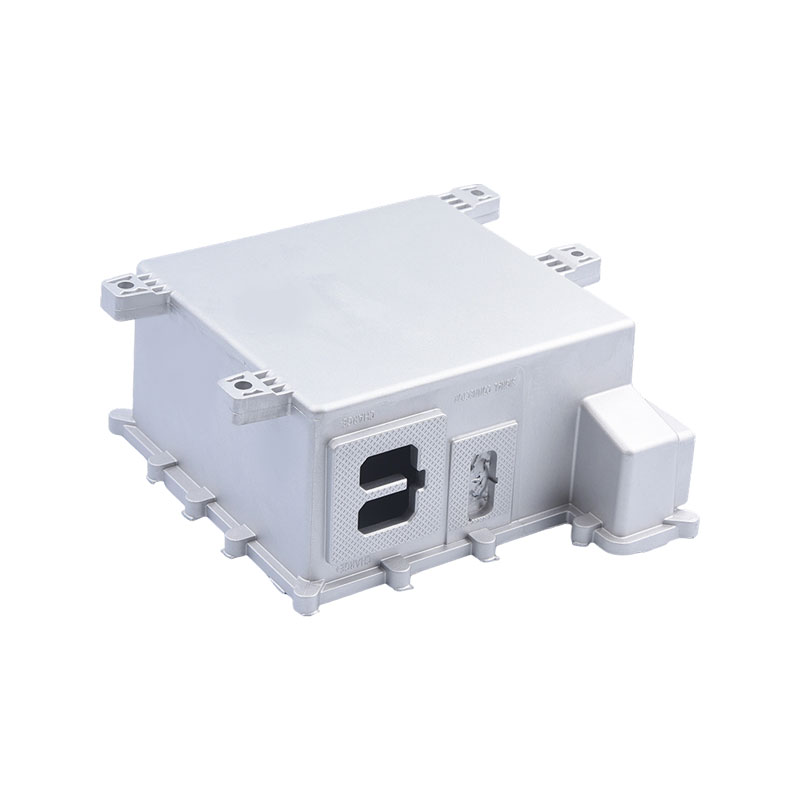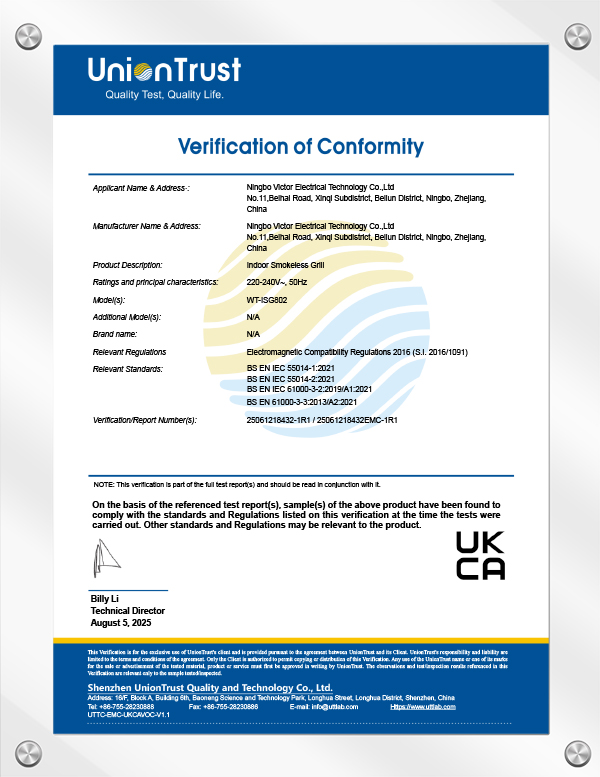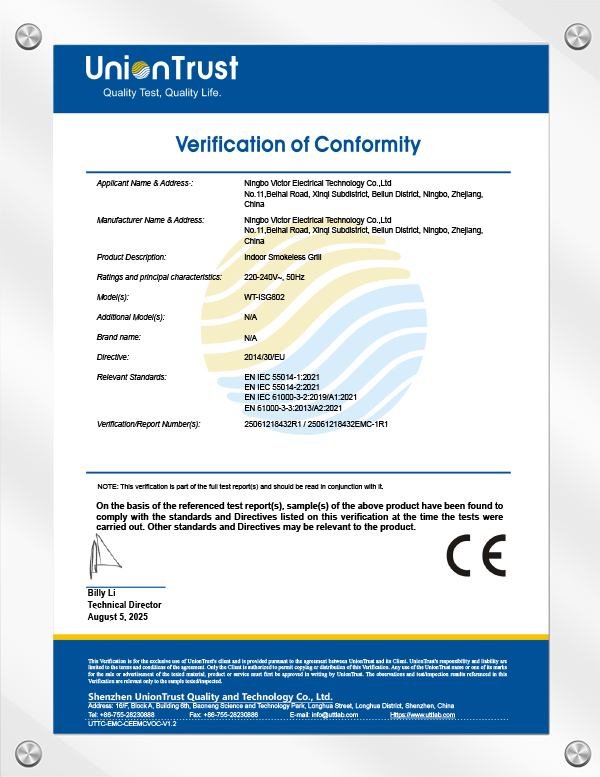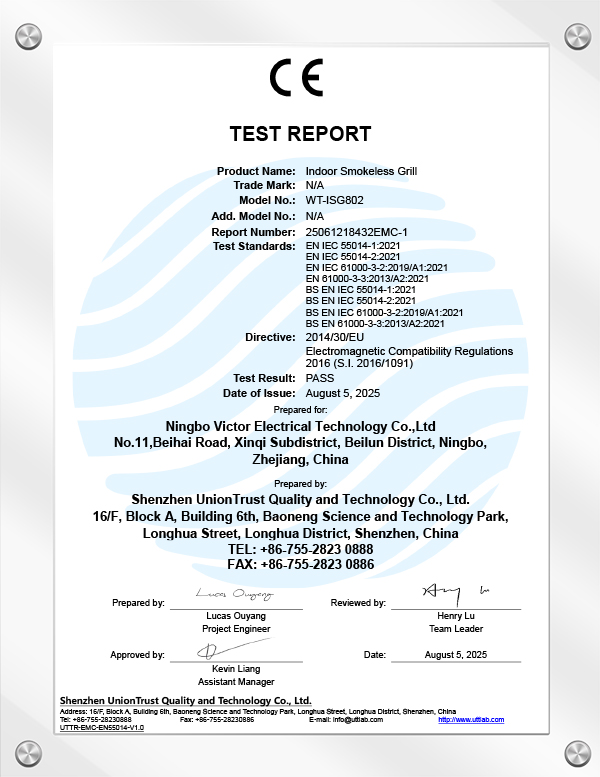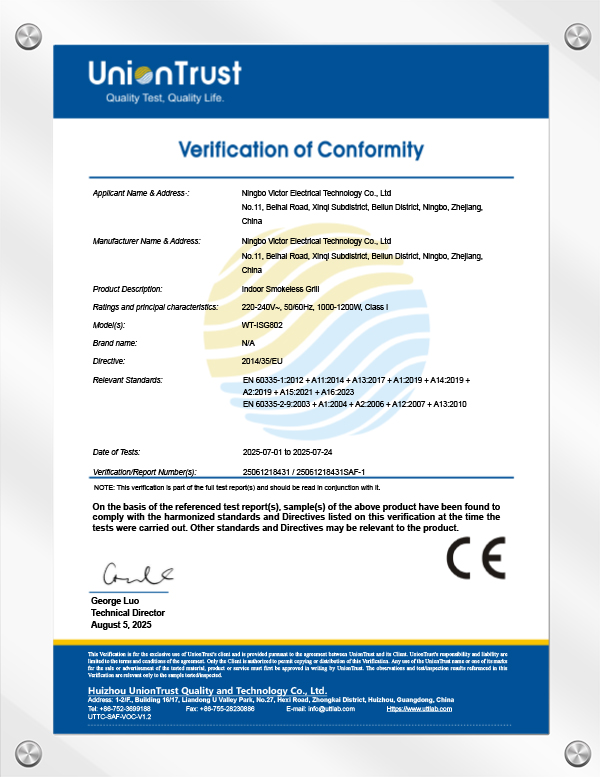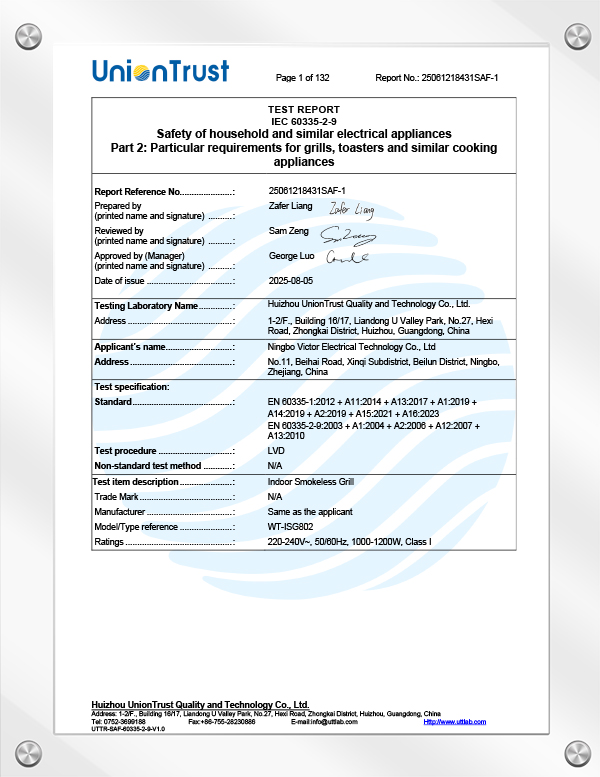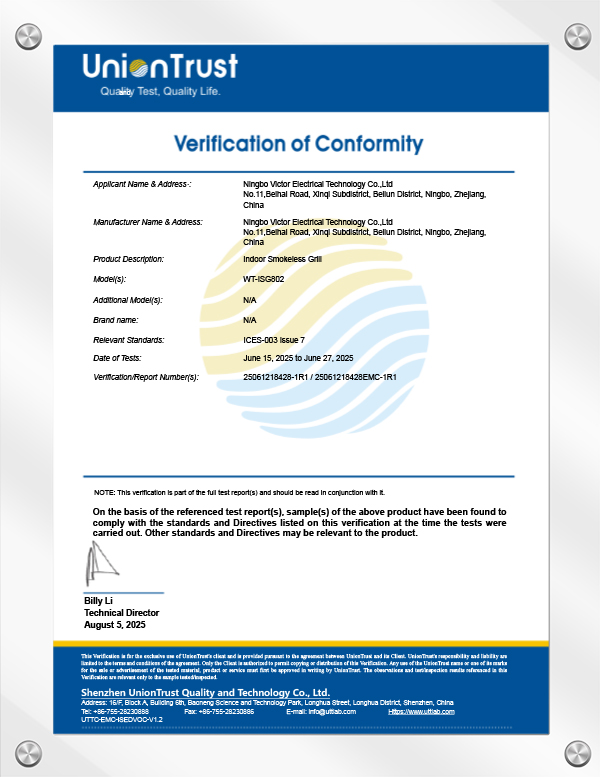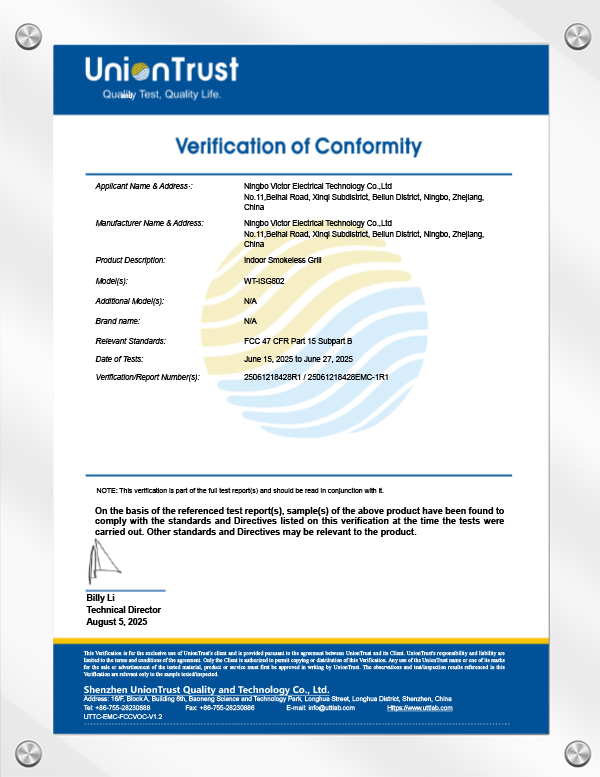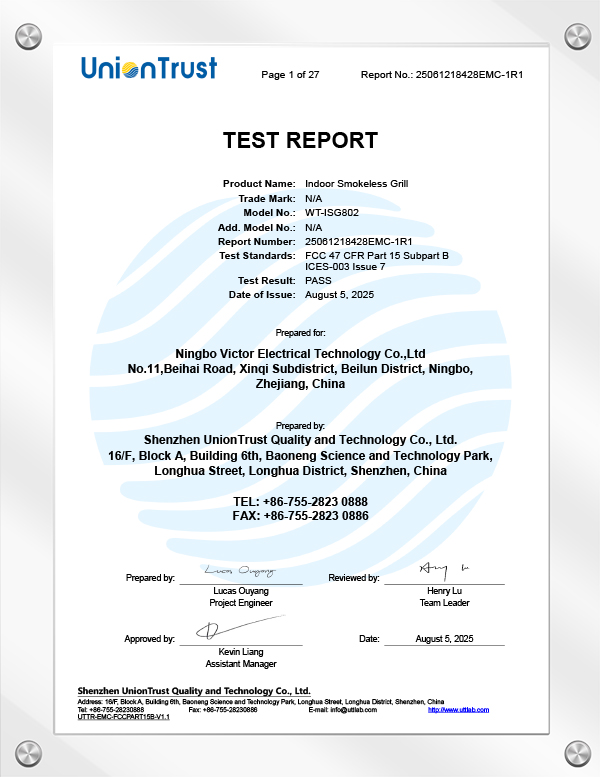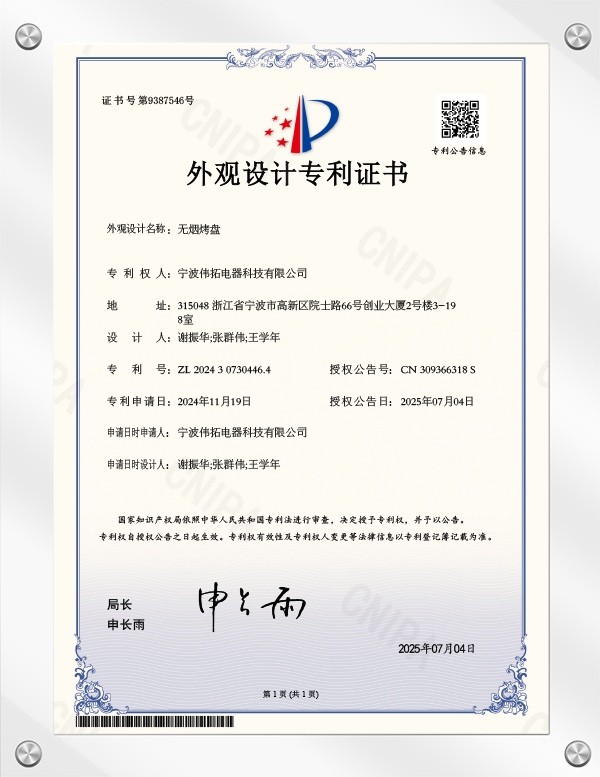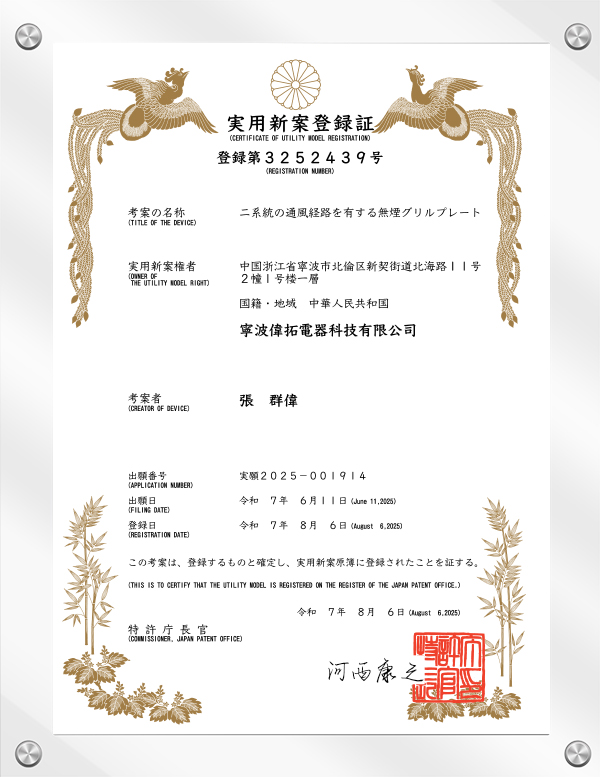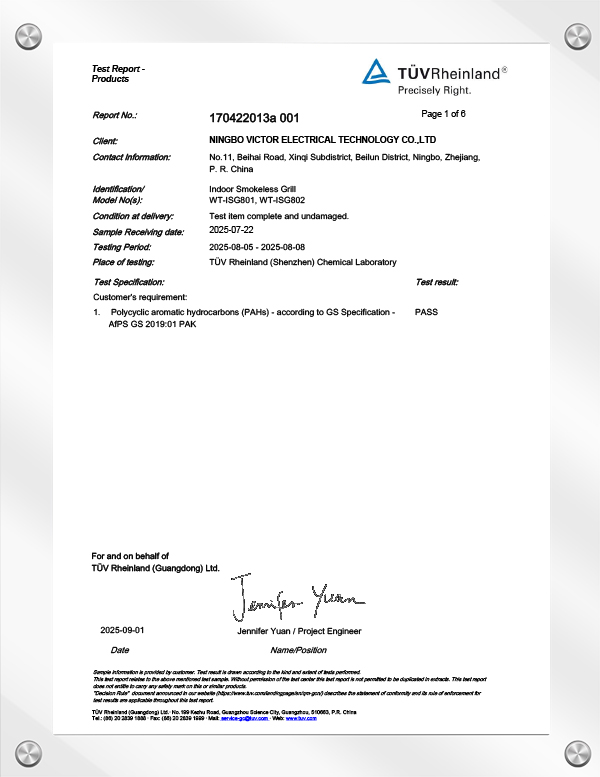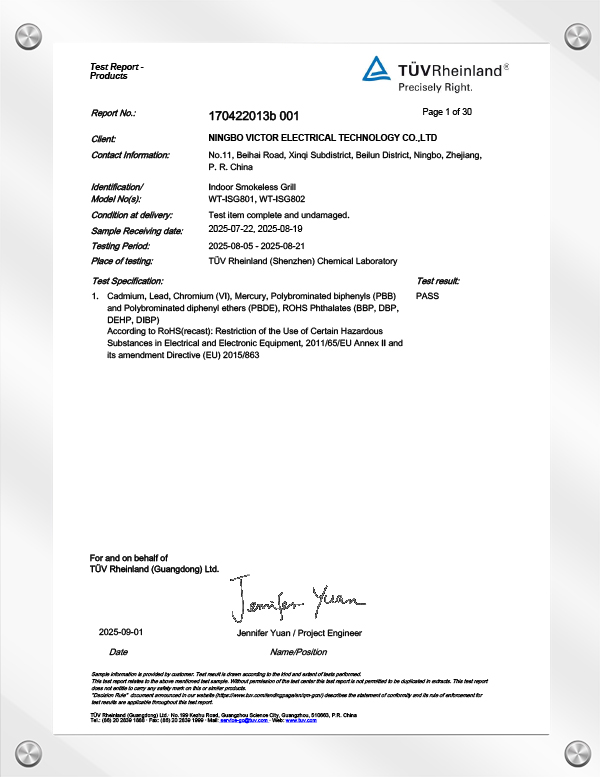What is Aluminum Alloy Component Processing?
Aluminum alloy component processing refers to the entire process of transforming aluminum alloy raw materials into finished components that meet structural, functional, and aesthetic requirements through high-precision forming, heat treatment, and machining. Its core focus is on achieving lightweight, high strength, and excellent thermo-electric performance by controlling key parameters such as material density, wall thickness, and surface quality.
1. Lightweight and High Strength: With a density of only 2.7g/cm³, aluminum alloy can achieve a weight reduction of approximately 35% while maintaining structural rigidity. Its specific stiffness can reach 102kN·m/kg, far exceeding that of traditional steel.
2. Multi-Process Synergy: From high-pressure die casting (HPDC) to extrusion, semi-solid magnesium alloy injection molding, and CNC five-axis machining, we offer a comprehensive technology matrix to meet the demands of thin walls, complex shapes, and high precision.
3. Environmental Protection and Reliability: Surface treatments such as anodizing and salt spray testing ensure component corrosion resistance (>1000h) and lifespan in harsh environments. What core processes does Ningbo Victor Electrical Technology Co., Ltd. offer for aluminum alloy component processing?
Leveraging advanced equipment and a digital production system, Victor offers the following core processes, forming a closed loop from material research and development to finished product delivery:
High-Pressure Die Casting (HPDC)
Utilizing a clamping force of 1,600 tons, it achieves high-precision forming with a wall thickness of 0.5mm ± 0.1mm.
Utilizing MagmaSoft® flow simulation, a fill rate of >98% ensures that the molten aluminum fills even the smallest grooves, minimizing defects.
Squeeze Casting
The dual-press process achieves a density of 99.2% and a tensile strength of 380 MPa (40% higher than conventional die casting).
Suitable for aviation-grade thin-walled components, with aspect ratios up to 1:30, it meets high rigidity requirements.
CNC Five-Axis Finishing
Positioning accuracy of ±0.01mm and surface roughness of Ra 0.4µm enable machining of complex curved surfaces and fine features. Supports high-end parts processing for industries such as aviation, automotive, and medical, providing comprehensive DFM (Design for Manufacturing) analysis.
Semi-solid magnesium alloy injection molding
Leveraging Victor's experience in small appliances, we provide magnesium alloy components with low melting points and low shrinkage, further reducing overall weight.
Digital production lines and green manufacturing
IoT connectivity achieves OEE > 85%, CPK ≥ 1.67, and process traceability.
The closed-loop cooling system reduces energy consumption by 45% (1.8 kWh/kg) and achieves a 99% aluminum chip recovery rate.




 中文简体
中文简体 English
English 한국어
한국어 日本語
日本語 русский
русский Español
Español عربى
عربى
